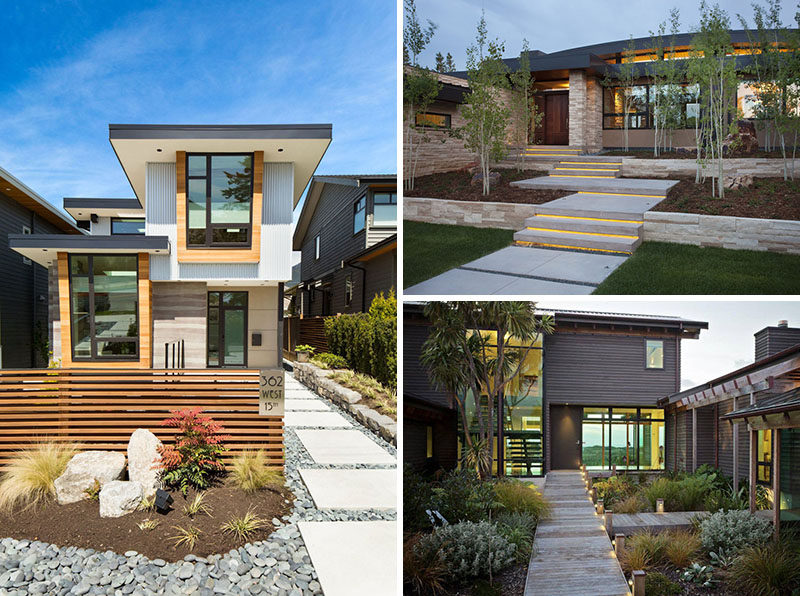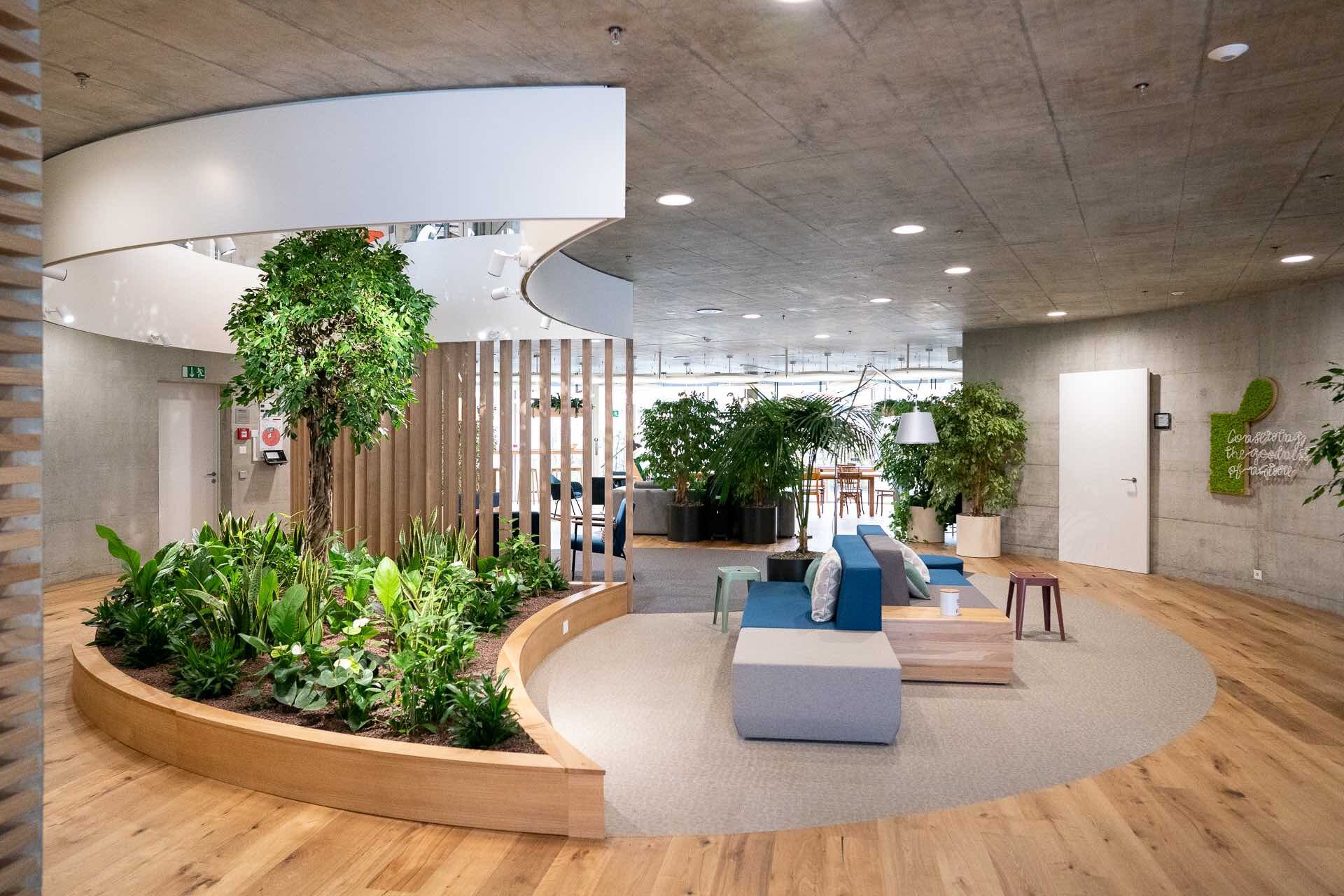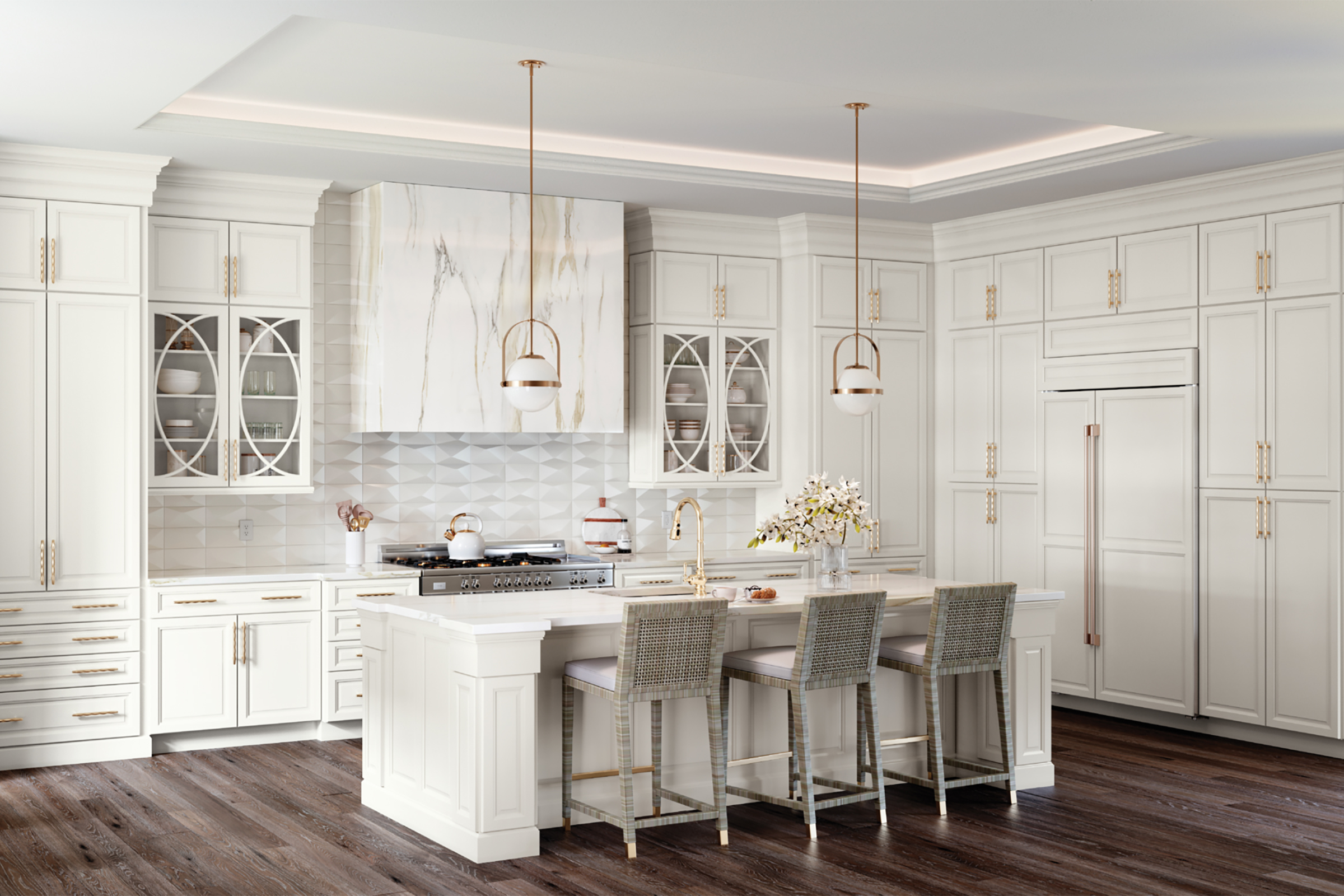You’ll face less competition and buyers will be highly motivated to settle into new digs in time to ring in the new year.
1. Less Competition
During spring and summer, there are historically more homes on the market. During the holidays, there are typically fewer listings, making it easier for your home to really stand out and shine to potential buyers.
2. More Serious Buyers
Amid the hubbub, people are extra busy gift shopping and attending celebrations. Consequently, you’re not likely to get many just-looking buyers. Anyone home shopping during the holidays will be more focused and more likely to make a strong initial offer.
3. End-of-Year Financial Advantages
Finalizing a home sale before the end of the year can provide potential financial benefits, such as deductions on property taxes, mortgage interest and other home-related costs.
4. Job Relocation Season
Since January is a common window for job relocations, buyers may need to settle into a city and home by the end of the holiday season. Your home may be the answer to their relocation prayers!
5. Faster Closings
Since everyone is busy decking the halls, buyers and sellers will both be interested in moving things along expeditiously. And because all the professionals involved for a sale will have fewer closings on their plate, your transaction will get even more attention.
6. Cozy Vibes
While winter weather can be daunting, nothing beats coming in from the cold to a warm, cozy home adorned for the season. Just turn up the heat, have a yummy treat in the oven and be sure to keep your sidewalks clear of snow and ice. Along with your festive outdoor lights, you’ll appeal to buyers’ sentimentality with all the decorative touches.
Listing your home during the most festive time of the year can lead to more serious and qualified buyers – and a fresh start for the new year. Contact your local Coldwell Banker® agent to get a jump start on listing your home in time for the holidays.

 Facebook
Facebook
 X
X
 Pinterest
Pinterest
 Copy Link
Copy Link









